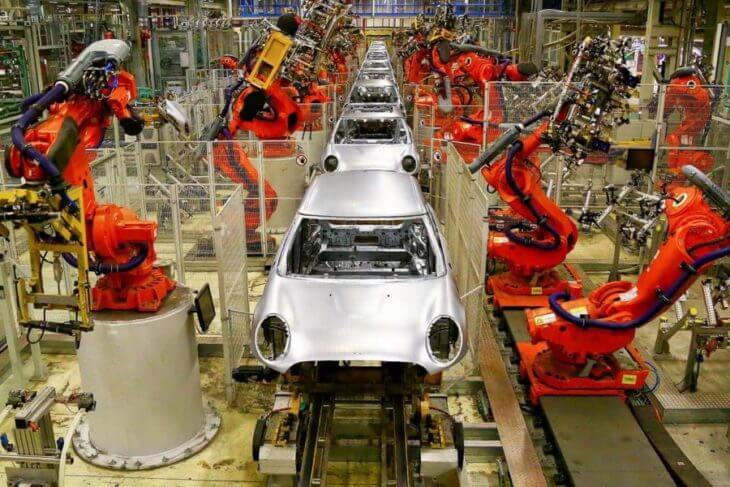
The Advantages of Assembly Line Robots in Production
Assembly line robots present the best course of action for a manufacturing company that needs to speed up the process while ensuring quality.
The assembly line is often the most tedious area in a manufacturing company. There are rows of conveyor belts, or rows of long steel platforms, feeding parts that need to be assembled in stages.
One error further up the line could result in significant delays for the entire process as well as an increase in wastage. Each unit is dependent on the one before, and the atmosphere is usually stressful because of the level ofspeed and quality expected.
Assembly line robots provide several guarantees to any company in varying industries where quality is paramount, and speed is a must.
1. Reduce Assembly Times
These assembly line robots have varying adaptor mechanisms for wood, plastic, metal, and a series of other industrial parts.
Their unique and consumer-friendly interface ensures easy usage and programming, making the most highly repetitive task simpler.
Assembly line robots cut back on assembly times by operating at a high level of speed and efficiency, and with zero errors.
The different models of collaborative robots enable them to handle varying sizes of products. They have payloads of 3kg 5kg, and 10kg, which make them capable of moving products along the line faster than human hands could.
2. Increase Production Speed
The different models of cobots come with 6-axis rotations, which mean they take up less space while having the ability to do more.
Assembly line robots are able to move more parts and products faster with their pivotal frames. Speed is an asset for any manufacturing company, giving advantages over the competition. The faster a product s made, packed, and shipped, the faster the revenue turnaround.
This is what makes assembly line robots ideal, since they don’t require maintenance, but have a payback period of 195 days. They can be automated to manage any function, making them versatile for the assembly line.
3. Improve Quality of Products
Within certain sectors, such as food and agriculture, or furniture and equipment, quality is key. Assembly line robots moving items down the line faster, especially for foods, save on already limited shelf lives.
Food gets contaminated easily, and the risk of errors would cost more in terms of operations and revenue. Goods produced under a name stand to lose value placed in goodwill if a company’s name is tarnished because of faulty products.
Assembly line robots, with the ability to be mounted anywhere there is a flat surface, save on space, storage, and bulk outside safety gates.
They come prepped with trusted safety guards that not only work to keep employees safe, but are rust and debris free – possible contaminants during the manufacturing process.
4. Customizable Applications
Different products go under the manufacturer’s belt even within the same industry. The manufacture of plastic and polymer requires different shapes and sizes of injection molds.
This means several layers of employees would be required who possess varying degrees of expertise to get the job done on the assembly line. Withassembly line robots able to accomplish multiple tasks simultaneously.
Their make-up enables them to be customized to suit your assembly needs. Assembly lie robots can be refitted to match different kinds of machines, making them compatible with a fleet of machines.
5. Ensure More Polished Finish
The finishing aspect of production is the final phase, and adds more aesthetic appeal to manufactured good. Assembly line robots are great assets for certain companies, such as Rubes, which is a power tool manufacturer.
What this means is that they have many small parts to assemble for polishers, sanders, grinders. The tightening phase is all the more important since a single screw out of place breaks down the entire process.
They have managed to maintain high standards with their products by being innovative, and have cut back on employee costs and wastages by using assembly line robots.
Summary
These collaborative robots are essential in a changing manufacturing environment where innovation is the constant factor to staying ahead of the competition.